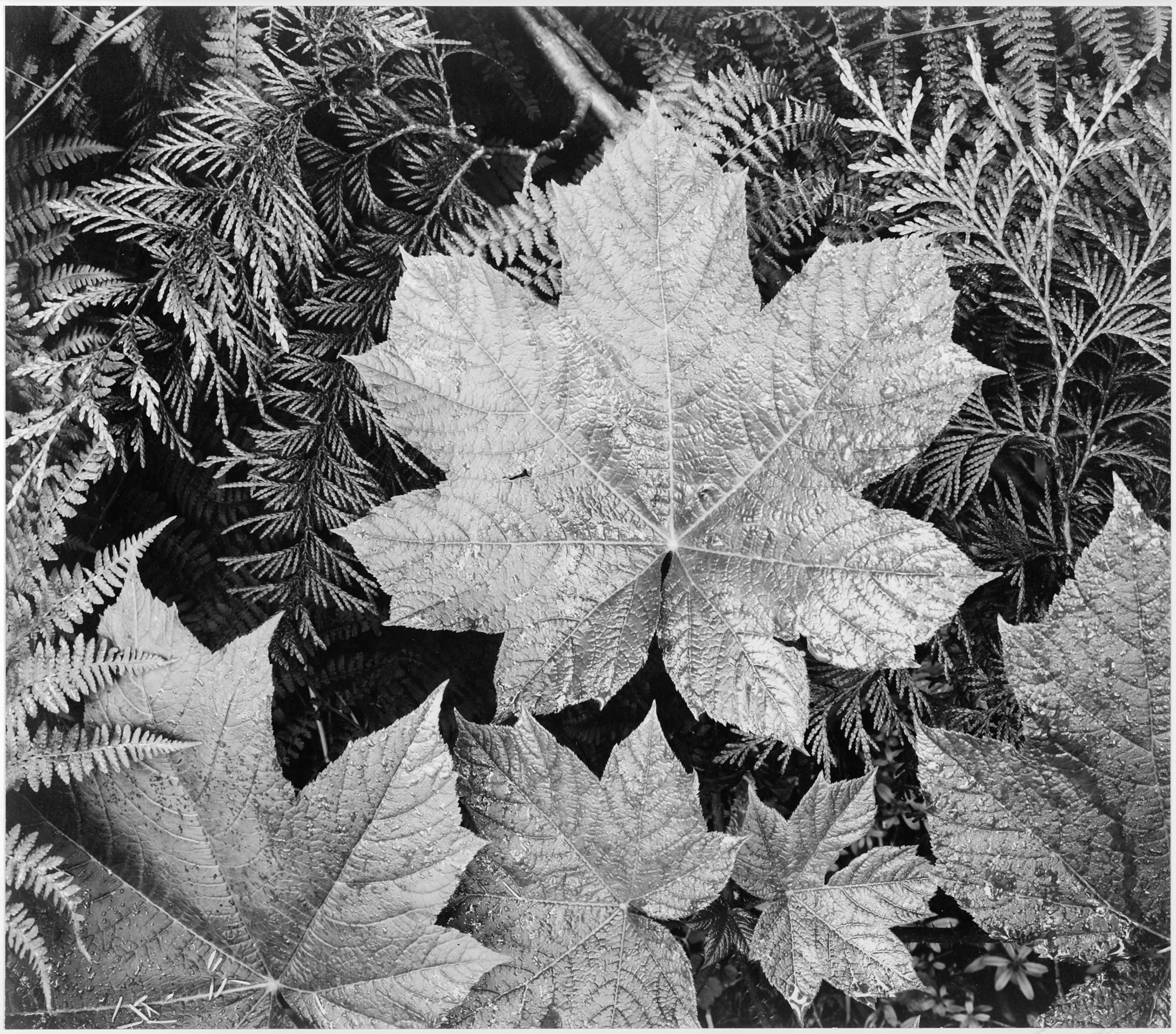The Ansel Adams Biography: Pioneering Wildlife Photographer

Ansel Adams is one of the most celebrated American photographers of all time, known for his dedication to wilderness preservation. Through his characteristic black-and-white photographs of the American wilderness – especially the Yosemite National Park – he encouraged an appreciation for natural beauty and highlighted the importance of wildlife conservation. Adams was not only a nature photographer however, but also a constant experimenter with his medium. Read on to discover the fascinating Ansel Adams biography.

The Ansel Adams Biography
Adams was born in San Francisco in 1902. He first gained his appreciation of nature during his childhood, where he spent days playing in the sand dunes beyond the Golden Gate. He first visited Yosemite in 1916 and became obsessed by the valley’s beauty. Three years later at the age of 17, Adams first came into contact with the Sierra Club – America’s largest and most influential environmental protection organization.
As Adams matured, his interest in photography and wildlife increased, and in 1928 he was appointed the official photographer of the Sierra club. It was Adams’ involvement with the club that was an integral to his early success as a photographer: his first photographs and writings were published in the Sierra Club Bulletin and he had his first solo exhibition in 1928 at the club’s San Francisco headquarters.

Ansel Adams’ Photos
Adams produced ten volumes of technical manuals on photography, which remain influential books today. Indeed, when it came to photography, Adams was a technical master. Other photographers as well as companies such as Polaroid and Hasselbad frequently asked Adams for his technical advice.
Adams was also the co-founder of Group f/64 for which he invented the Zone System: a technique of translating light into specific densities onto negatives and paper, giving photographers better control over their finished photographs. Adams is also known for promoting the idea of ‘visualization’, in which the photographer ‘sees’ in their mind’s eye the final photo before it is taken. This helped the photographer to achieve all of their desired aesthetic and mechanical effects.

Adams may have been a technical pioneer, but he may also be seen as the last major figure in the romantic tradition of 19th-century American landscape painting and photography. Anselm Adams’ artwork is often seen as depictions of an idealized wilderness that no longer exists, and it is true that his photographs of the American West have become significant records of what National Parks looked like before tourism. Yet Ansel Adams’ photos also portray true wilderness in America, much of which have remained protected, perhaps in part due to his work.
The Legacy of Ansel Adams’ Artwork
Adams used his work to promote the protection of the American West and the goals of the Sierra Club. However, he always insisted that in his photography ‘beauty comes first’. Indeed, Adams was not only an environmentalist but also an artist. He was responsible for elevating photography to an art equivalent to music and painting, showing that it too was able to express great emotion and beauty. In a revealing statement, he once told his students: ‘it is easy to take a photographer, but it is harder to make a masterpiece in photography than in any other medium.’
Adams’ dedication to his art has given him a deserved place on our list of the 10 Best San Francisco Artists.
By The Culture Trip
Since you are here, we would like to share our vision for the future of travel - and the direction Culture Trip is moving in.
Culture Trip launched in 2011 with a simple yet passionate mission: to inspire people to go beyond their boundaries and experience what makes a place, its people and its culture special and meaningful — and this is still in our DNA today. We are proud that, for more than a decade, millions like you have trusted our award-winning recommendations by people who deeply understand what makes certain places and communities so special.
Increasingly we believe the world needs more meaningful, real-life connections between curious travellers keen to explore the world in a more responsible way. That is why we have intensively curated a collection of premium small-group trips as an invitation to meet and connect with new, like-minded people for once-in-a-lifetime experiences in three categories: Culture Trips, Rail Trips and Private Trips. Our Trips are suitable for both solo travelers, couples and friends who want to explore the world together.
Culture Trips are deeply immersive 5 to 16 days itineraries, that combine authentic local experiences, exciting activities and 4-5* accommodation to look forward to at the end of each day. Our Rail Trips are our most planet-friendly itineraries that invite you to take the scenic route, relax whilst getting under the skin of a destination. Our Private Trips are fully tailored itineraries, curated by our Travel Experts specifically for you, your friends or your family.
We know that many of you worry about the environmental impact of travel and are looking for ways of expanding horizons in ways that do minimal harm - and may even bring benefits. We are committed to go as far as possible in curating our trips with care for the planet. That is why all of our trips are flightless in destination, fully carbon offset - and we have ambitious plans to be net zero in the very near future.












